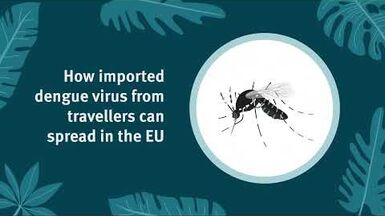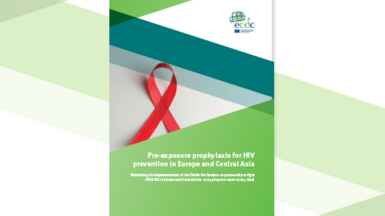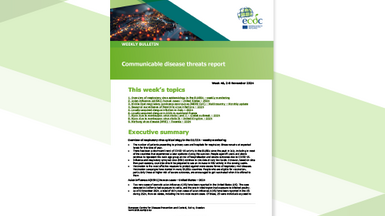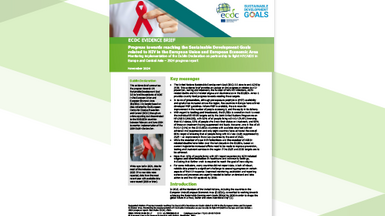Transferability of health promotion and health education approaches between non-communicable and communicable diseases
This review examines approaches to the prevention of chronic (non-communicable) diseases that have been developed and used in health education and health promotion and considers how these approaches have been applied to the prevention of communicable diseases.
Executive Summary
The study assumed that many of the causal factors considered for the prevention of diseases and the efforts required to change them apply to both non-communicable diseases and communicable diseases. Details are presented on applicable health education and health promotion models for prevention that are extant. Possible modification of these models for application in the sphere of infectious diseases is considered.
The main approach taken was a review of the literature and the provision of a relevant synthesis of the knowledge base that has accumulated to date. In addition, grey literature was considered as well: websites, unpublished literature, analysis of programmes that included a more holistic approach to promoting health rather than being just disease-focused.
Based on this, a knowledge synthesis translation and exchange perspective was developed with the intention of providing advice on how the health promotion approaches to non-communicable disease prevention could be taken up in the area of communicable diseases. The document ends with four conclusions: 1) apply the socio-ecological mode as an overarching theory of change in designing disease prevention programmes; 2) expand beyond a focus on individual behaviour change for disease prevention to a wider emphasis on social norms and social change; 3) apply an equity lens in developing interventions that tackle communicable diseases and 4) increase community ownership of disease prevention activities.







